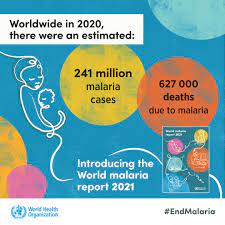In an eye-opening study, Professor Richard Venditti from North Carolina State University reveals that the fashion industry is a major contributor to environmental plastic waste, with far-reaching implications for our planet.
Professor Venditti, an expert in paper science and engineering, has led a team of researchers to uncover startling statistics about the industry’s environmental impact. The study, published in Nature Communications, highlights how the fashion industry’s practices are exacerbating the global plastic waste crisis.
A Rising Tide of Plastic Waste
The fashion industry has long been under scrutiny for issues such as poor working conditions and the harmful effects of fast fashion. However, Venditti’s research brings a new and alarming aspect to light: plastic leakage.
“We analyzed data on imports, exports, and apparel production across various countries,” Venditti explains. “By comparing this data with global information on different stages of the apparel value chain, we estimated the volume of plastic waste leaking into the environment.”
The Environmental Toll
According to Venditti, the majority of plastic waste comes from synthetic apparel. “Much of the plastic waste that leaks into the environment stems from clothes that are discarded, particularly those made from synthetic materials,” he notes. “This includes waste from manufacturing, packaging, tire abrasion during transport, and microplastics released during washing.”
In 2019 alone, the fashion industry generated a staggering 20 million tons of plastic waste. Of this, approximately 40% ended up contaminating the environment. Synthetic materials like polyester, nylon, and acrylic are the chief culprits, responsible for 18 million tons of waste in that year. Cotton and other fibers also contribute to the problem, though to a lesser extent.
Global Impact and Mismanaged Waste
The problem extends beyond the borders of countries with high consumption rates. Nations like the United States and Japan, known for their fast fashion habits, often export their discarded clothing to lower-income countries. These countries, with insufficient waste management systems, face significant environmental challenges as a result.
“What we’re seeing is that in countries like the United States, we have a fast fashion culture where clothes are frequently discarded,” Venditti says. “Many of these clothes end up in thrift stores, but often they are shipped to other countries without adequate waste management capabilities, leading to significant plastic leakage.”
A Call for Change
The study advocates for a transformative shift in the fashion industry. Emphasizing the need for a circular industry model, Venditti calls for the adoption of recycling practices and the use of renewable, non-synthetic textiles.
As consumers, our fashion choices have far-reaching consequences. By paying attention to the environmental footprint of our clothing, we can influence the industry’s impact on the planet.
The message is clear: our shopping habits not only define our style but also shape the world we live in. Next time you examine those little tags on your clothes, remember that they tell a story about your fashion choices’ impact on the environment.
For more detailed insights, read the full study in Nature Communications.












